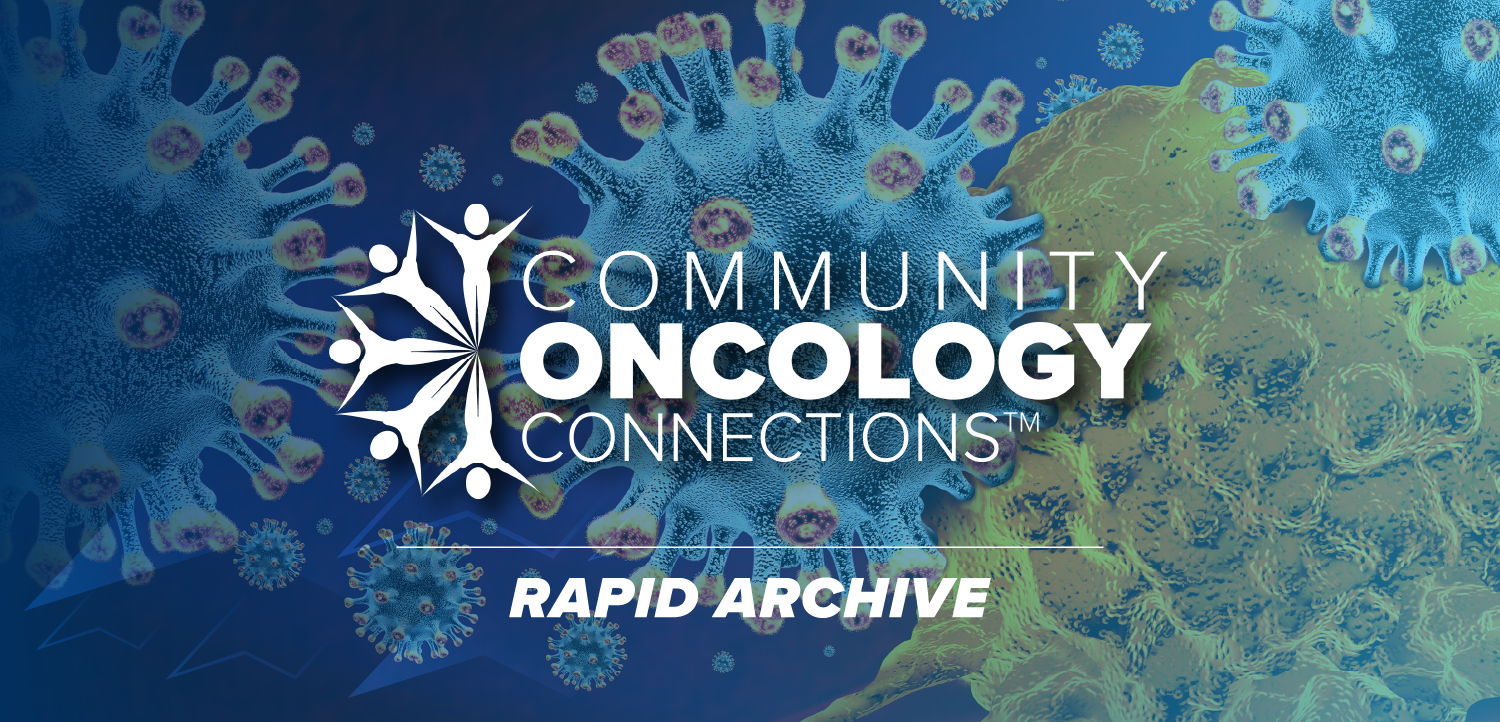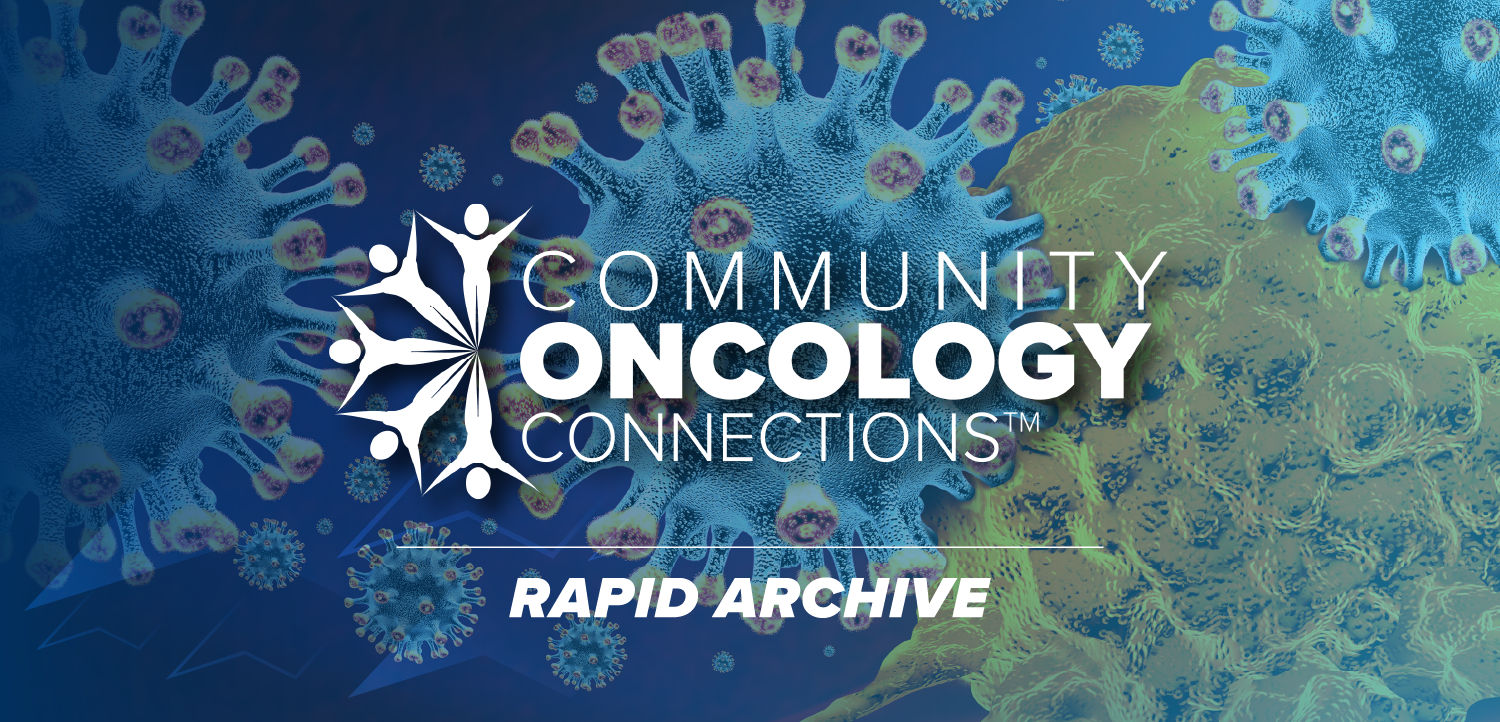
Progress in Understanding and Treatment of Meningococcal Disease
During ID Week, Robert Read, MD, from University Hospital Southampton in Southampton, UK, discussed how a better understanding of meningococcal disease has led to more effective treatment strategies.
In any population, about 10% of individuals harbor Neisseria meningitidis. Why the majority do not become ill and why in other individuals the bacteria pass into the bloodstream as well as the cerebrospinal fluid, and ultimately wreak havoc in the brain, have been the subject of generations of research. As outlined by Robert Read, MD from the University Hospital Southampton in Southampton, UK during his session at ID Week, the picture is becoming clearer, as is the success of vaccination efforts.
Efforts at global control of the bacterium have been hampered by the serotype variation between countries. A treatment that is effective in Europe, where 71% of isolates are serogroup B, might well be ineffective in Brazil, where serogroup B comprises only 21% of isolates. Globally, the most feared serotype is C / clonal complex 11. “This is truly a wolf in wolf’s clothing,” said Dr. Read in his session.
While the 10% carrier rate applies to the entire population, there is a spike in the carriage rate in young men between 18 and 20 years of age, where up to half can carry the organism in their nasopharynx. However, most do not succumb to illness.
“It’s the teenagers who are carrying this organism. So, it’s obvious that if you can interrupt carriage you can interrupt transmission, because the two are intimately related. This could be a way of protecting people,” Dr. Read explained.
Even though many are colonized, disease occurs only at a rate of 0.5-1.0 per 100,000 individuals. The unfortunates are predominantly infants. “Neisseria are adapted to stable nasopharyngeal colonization; disease is a rare and accidental event,” said Dr. Read. Symptoms vary in severity, with more severe infection more likely to be fatal, especially for serogroup C.
Vaccination has been a mainstay preventive strategy for decades. There are a variety of vaccines; some are directed against the polysaccharide portion of the bacterium. Vaccine selection must be rational, given the serogroup differences globally and the proper choice can have marked benefit. For example, a vaccination campaign carried out in the country of Chad in 2011, using a serogroup A meningococcal conjugate vaccine (PsA-TT), produced a large decrease in reported cases of meningitis in vaccinated individuals. A decrease was also noted in non-vaccinated individuals. However, in the latter, the prevalence of meningitis rebounded upward, whereas the rate remained very low in the vaccinated population.
Other vaccination studies have pointed out the benefit of mass vaccination, which has long been known as herd immunity. “Targeted vaccination aimed at herd protection by carriage reduction is the future,” Dr. Read stressed.
Finally, examination of the natural flora of the nasopharynx is pointing the way to another strategy to protect individuals from meningitis. Neisseria lactamica is a commensal species in the nasopharynx, which predominates in the early years of life. Several studies have implicated the commensal in curbing the development of N. meningitidis infections. Time and further studies will clarify the effectiveness of this strategy.
DISCLOSURES
Payment from GSK Novartis
SOURCES
- Photos and tape of IDSA presentation
- Christensen H et al. Lancet Infect Dis 2010 10:853-861
- Trotter CL et al. 2006 Epidemiol Infect 2006 134:556-566
PRESENTATION
Max Finland Lecture
Whys and Wherefores of Meningococcal Disease; Robert Read, MD, University Hospital Southampton, Southampton, UK
Brian Hoyle, PhD, is a medical and science writer and editor from Halifax, Nova Scotia, Canada. He has been a full-time freelance writer/editor for over 15 years. Prior to that, he was a research microbiologist and lab manager of a provincial government water testing lab. He can be reached at hoyle@square-rainbow.com.
Newsletter
Stay ahead of emerging infectious disease threats with expert insights and breaking research. Subscribe now to get updates delivered straight to your inbox.



















































































































































































































































































































